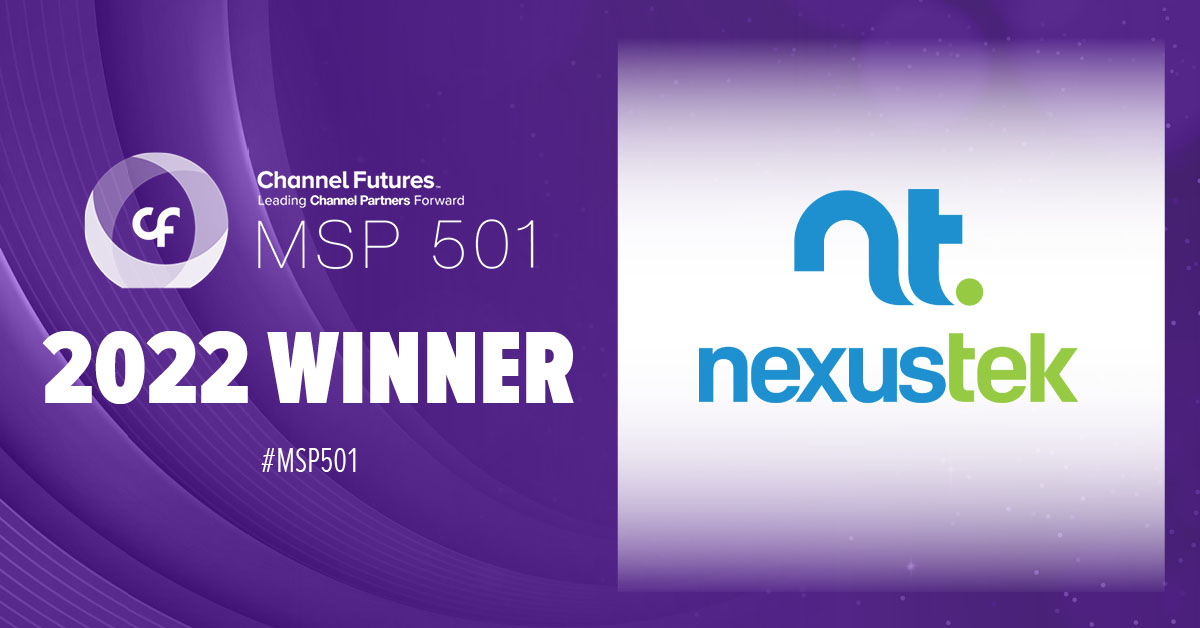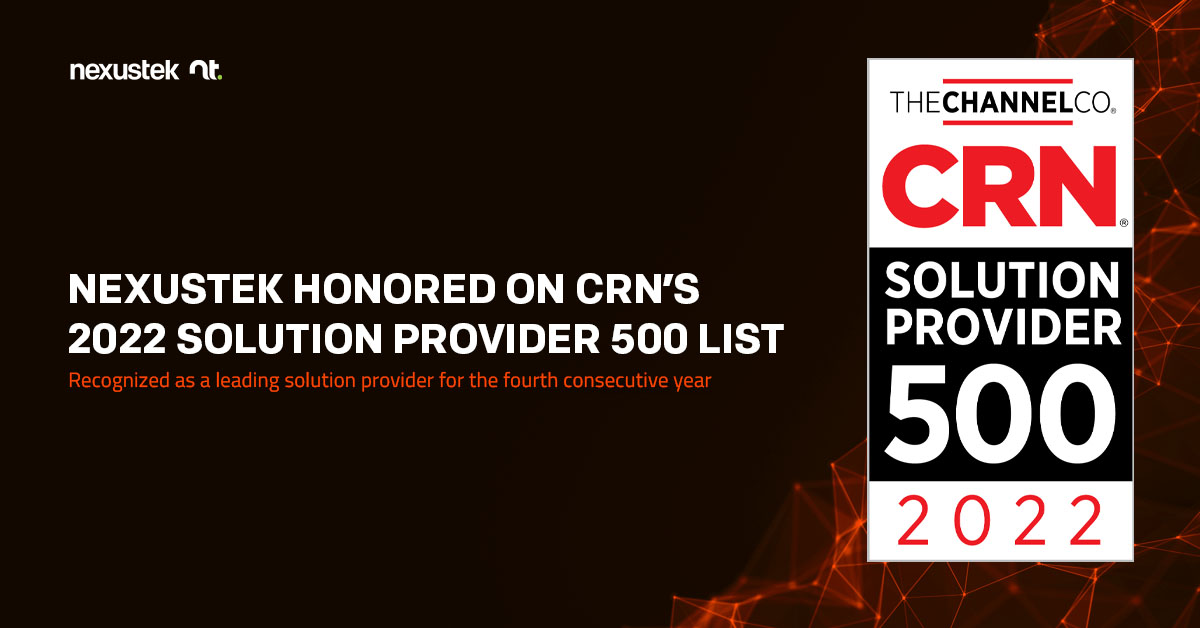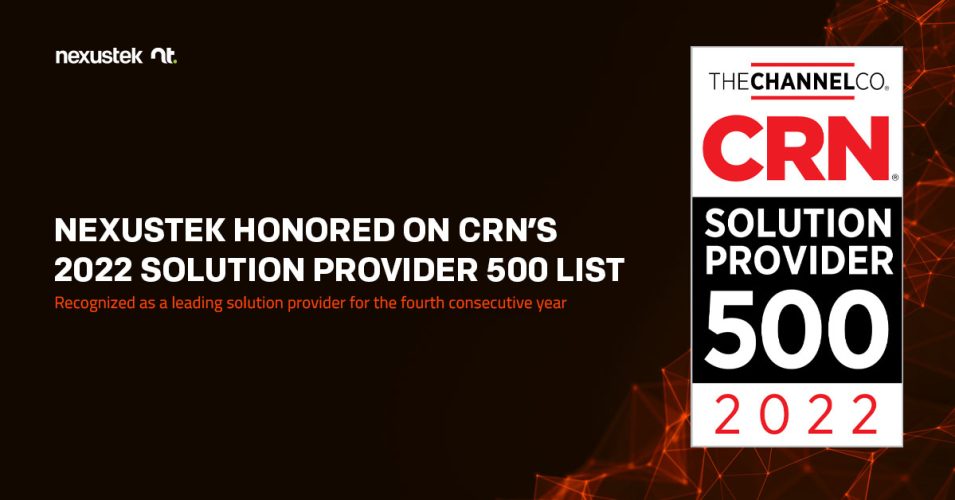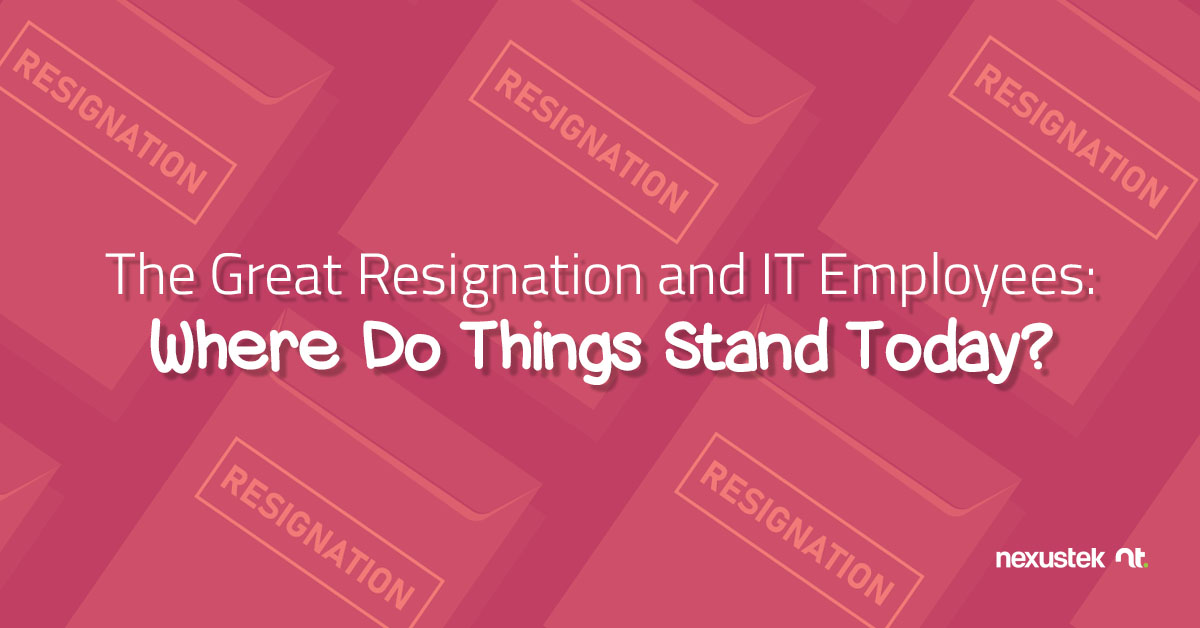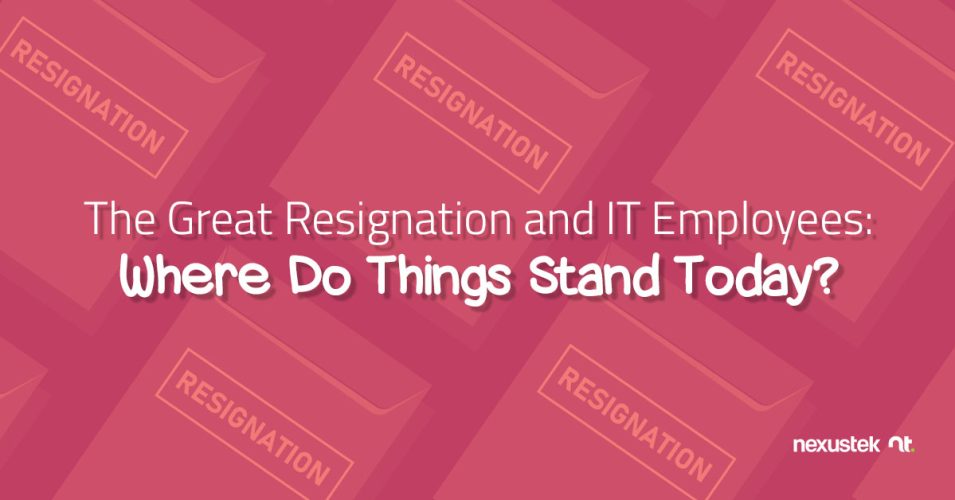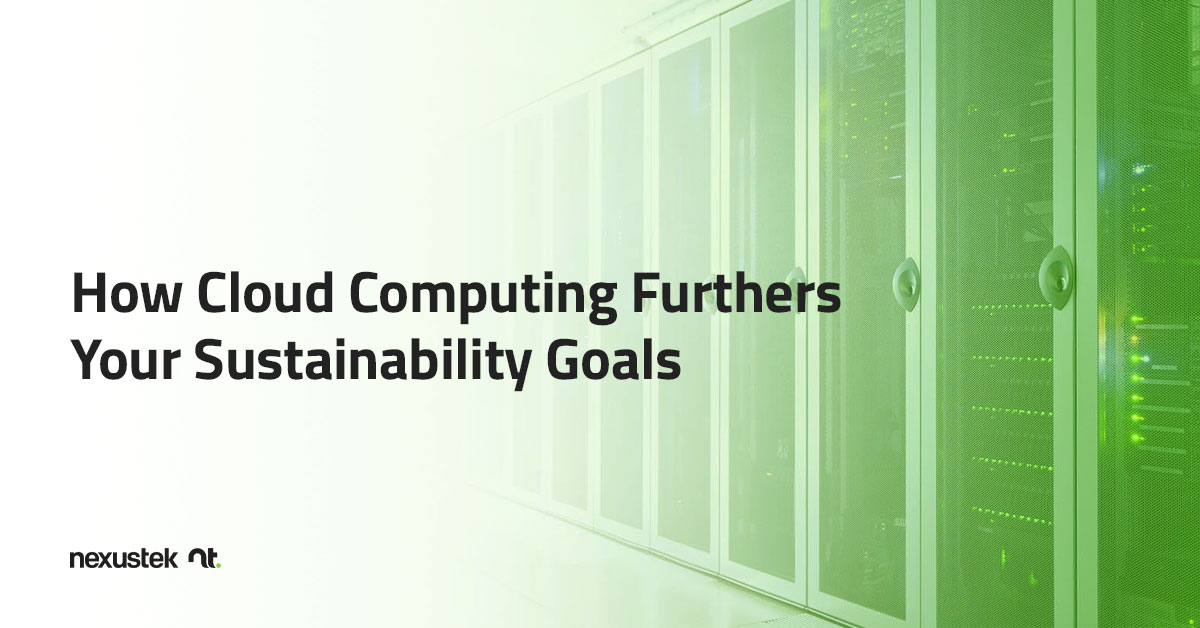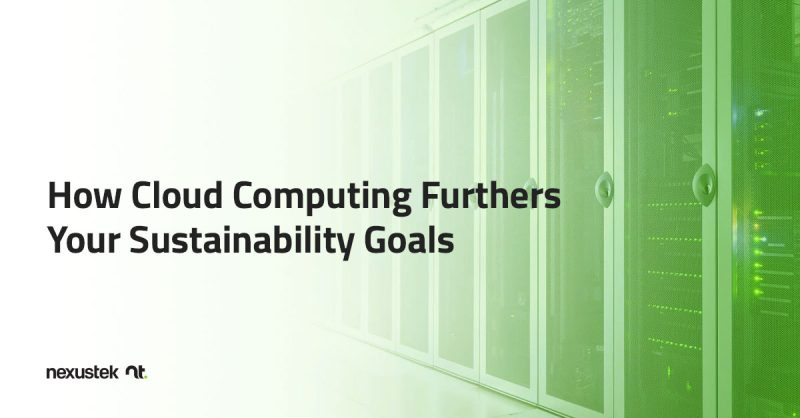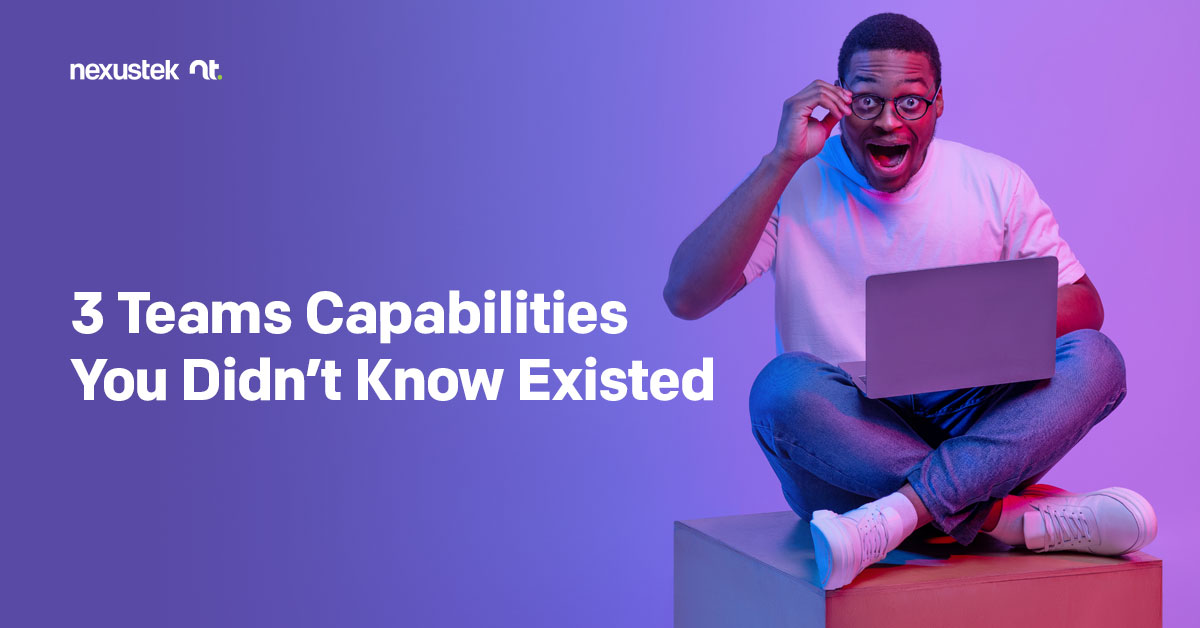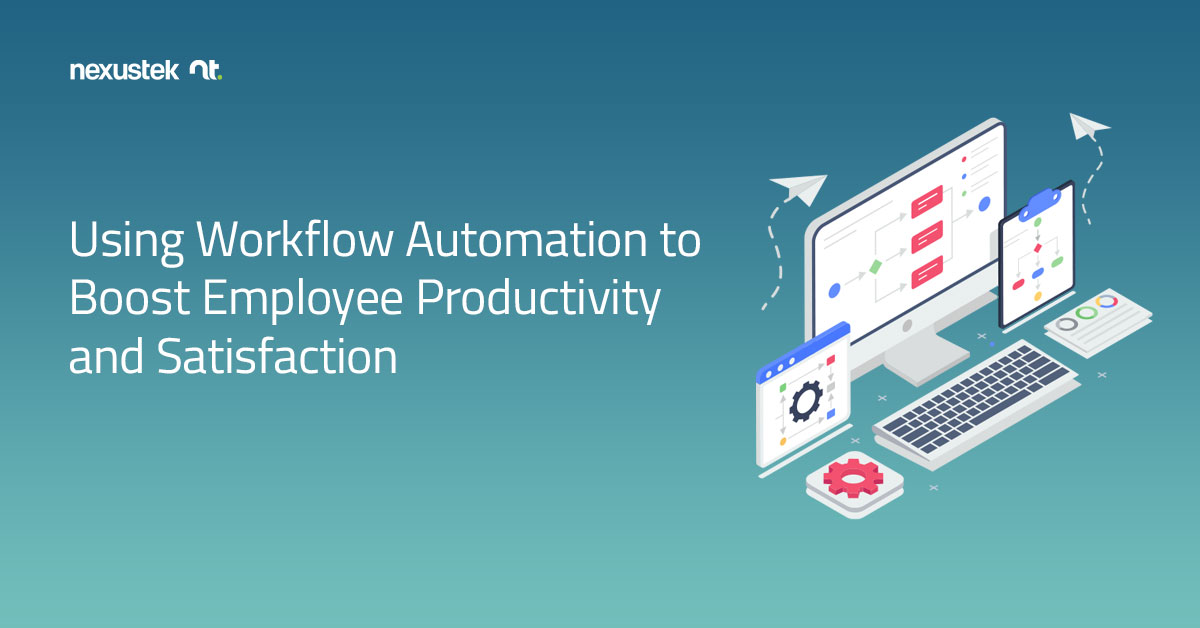READ TIME: 4 MIN

- July 20, 2022
Succeeding in a VUCA World: Give Your Business an Edge
In the modern world, companies of all sizes must contend with a business environment that changes by the minute and is full of surprises. “It’s a VUCA world,” some may say, in reference to the often confounding conditions that businesses now must manage to stay afloat. But what exactly is VUCA? In this article, we’ll answer this question, helping to clarify how you can equip your business to cope with the challenges of a VUCA world.
What Does VUCA Mean?
VUCA is an acronym that stands for volatility, uncertainty, complexity, and ambiguity. The term was introduced by the U.S. Army War College to describe the global environment that resulted from the end of the Cold War1. As business leaders began to recognize that VUCA also characterized the modern external and internal business environments they face, the term came into use in the business world as well.
V = Volatility
Magnified by technological changes and globalization, volatility refers to the modern business world’s tendency toward constant change of ever-increasing rapidity. Although volatility does not make it difficult to understand changes, it does challenge business leaders to keep pace.
U = Uncertainty
Uncertainty refers to a tendency toward poor predictability in the external environment. In other words, it is becoming harder to predict when important events will happen using yesterday’s knowledge and paradigms.
C = Complexity
Complexity in the business world arises from the multiplicity of interacting factors that make cause-effect relationships difficult to determine. Complexity therefore creates challenges to decision-making because of the potential for unexpected reactions. Stated differently, where conditions are complex, an action can have consequences that are not foreseen.
A = Ambiguity
Finally, ambiguity refers to conditions in which there is a lack of clarity about a specific problem. Such lack of clarity is not due to a lack of information, but instead arises when information is difficult to interpret. This may be due to contradictory information, multiple viewpoints, or lack of precedent2.
Technologies to Thrive in a VUCA World
As technological advancements have played a key role in the development of a VUCA world, it is perhaps a bit ironic that technologies can also help your business to cope and thrive in these turbulent times. Following are suggested solutions for managing volatility, uncertainty, complexity, and ambiguity.
Cloud-Based Infrastructure:
- Businesses that use solely on-premises IT must upgrade their hardware regularly to keep pace with relentless technological advancement. Moving to the cloud, or moving a portion of your infrastructure to the cloud (i.e., adopting a hybrid cloud model), reduces capital expenses associated with hardware upgrades while ensuring that your business has access to the latest technologies.
- Cloud-based infrastructure scales easily as your computing needs increase or decrease, allowing your business to respond nimbly to rapidly changing markets.
- Software-as-a-Service (SaaS) provides your business with on-demand access to cloud-hosted applications that are fully managed by the cloud provider. SaaS helps with managing volatility specifically related to technological advancements, as you always have the latest versions of applications and never miss an update.
Business Continuity Planning and Backup Services:
- Disasters and cyber attacks are unpredictable by nature, and both can result in data loss. Whether you use a cloud-based or on-premises infrastructure, data backup services ensure that you always have a copy of your business data, no matter what happens.
- Unpredictable events can also knock your critical business applications offline, costing most small and medium-sized businesses (SMBs) anywhere from $10,000 to $50,000 per hour3. Business continuity planning helps your business to prepare, making sure that your critical business applications keep running regardless of unforeseen circumstances.
Cyber Security Monitoring and Business Intelligence Software:
- Recent research reveals that 58% of businesses make decisions based on outdated information4, a risky practice in a fast-changing world. Business intelligence software (like Microsoft Power BI) provides your company with streaming data, allowing you to maintain real-time visibility into your company’s sales, production, and other operations. This helps you to keep your finger on the pulse of your business so that when changes happen, you find out fast. Real-time data analysis can also help to clarify key variables that may be driving desired or undesired outcomes, taking some of the complexity out of decision-making.
- When making security decisions, relying on your “gut feeling” or strategies that have worked in the past can lead you down disastrous pathways in a VUCA world. Cyber security monitoring gives you real-time visibility of your network and endpoints to ensure they’re secure and provides alerts on immediate threats, while also collecting valuable data on cyber threats to help support your cyber strategy.
Modern Workplace Solutions:
- Ambiguity can often be alleviated through group discussion, which video conferencing and collaboration solutions make quick and easy, regardless of where team members are located.
- Questions of social and cultural significance can be highly complex as well as ambiguous. The sharing of multiple perspectives among team members increases awareness and empathy, reducing both ambiguity and complexity. This in turn helps you to make decisions that are socially and culturally appropriate, and that avoid unintended consequences.
Co-Managed or Fully Managed IT Services:
- SMBs in particular tend to have minimal IT resources, with IT management tasks often falling on the shoulders of top leaders and managers. Shifting your IT management to a managed services provider allows you to redistribute work so that key thinkers can remain focused on your business’s strategic problems.
References:
- Sinha, D., & Sinha, S. (2020). Managing in a VUCA world: Possibilities and pitfalls. Journal of Technology Management for Growing Economies, 11(1), 17-21. https://doi.org/10.15415/jtmge.2020.111003
- Wood, W. (2020, November 11). What is VUCA and why is it important? https://www.linkedin.com/pulse/what-vuca-why-important-andrew-wood/
- (2020, May 13). Infrascale survey highlights the heavy costs of business downtime. https://www.infrascale.com/press-release/infrascale-survey-highlights-the-heavy-costs-of-business-downtime/
- (2020, September 29). Exasol research finds 58% of organizations make decisions based on outdated data. https://www.exasol.com/news-exasol-research-finds-organizations-make-decisions-based-on-outdated-data/

